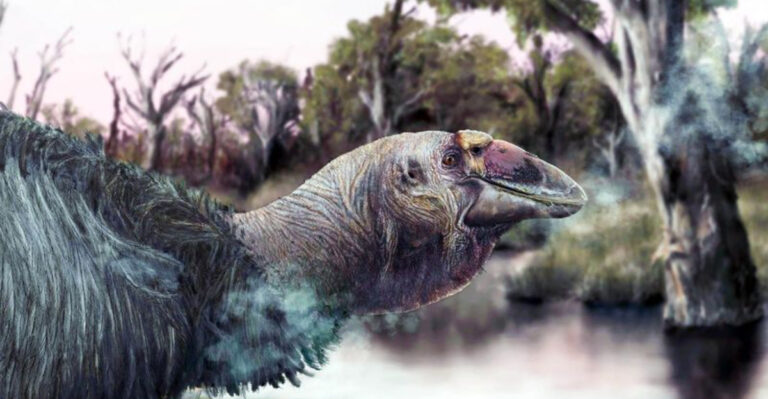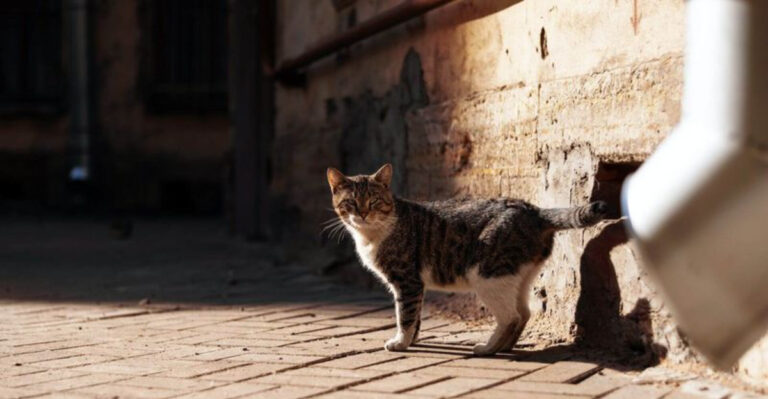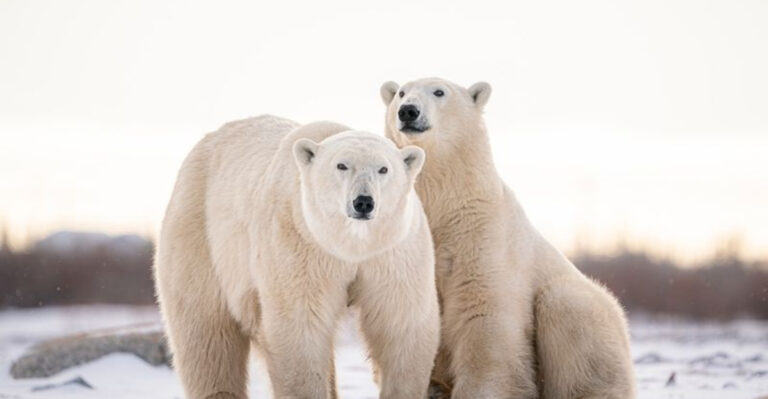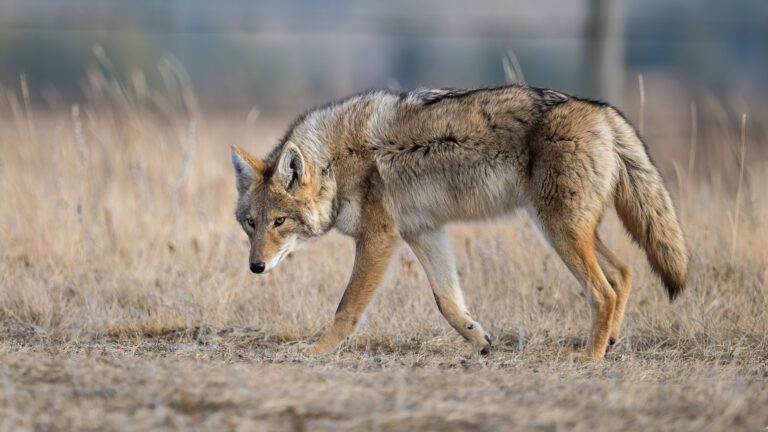How European Wolves Made A Stunning Comeback In Just 10 Years
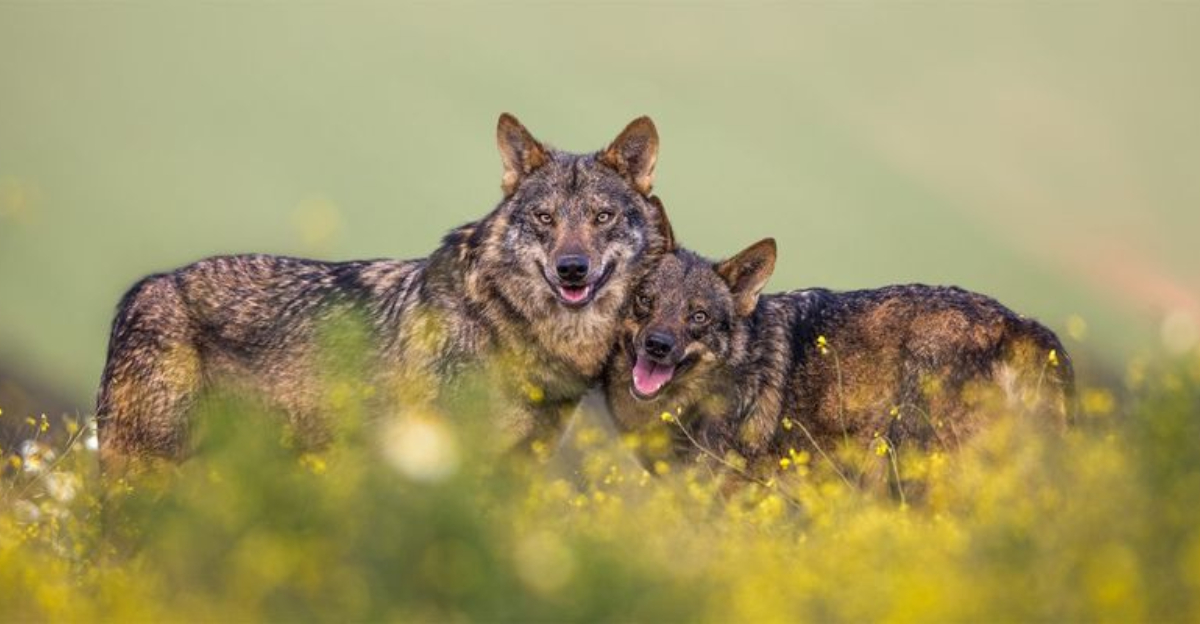
Wolves were once nearly extinct across most of Western Europe, hunted to the brink by fearful humans who saw them as dangerous predators.
But something remarkable happened over the last decade. These magnificent creatures staged an incredible comeback, returning to forests and mountains where they hadn’t been seen in generations. Their recovery story shows how nature can heal when given just a little help and space.
1. Legal Protection Across The EU
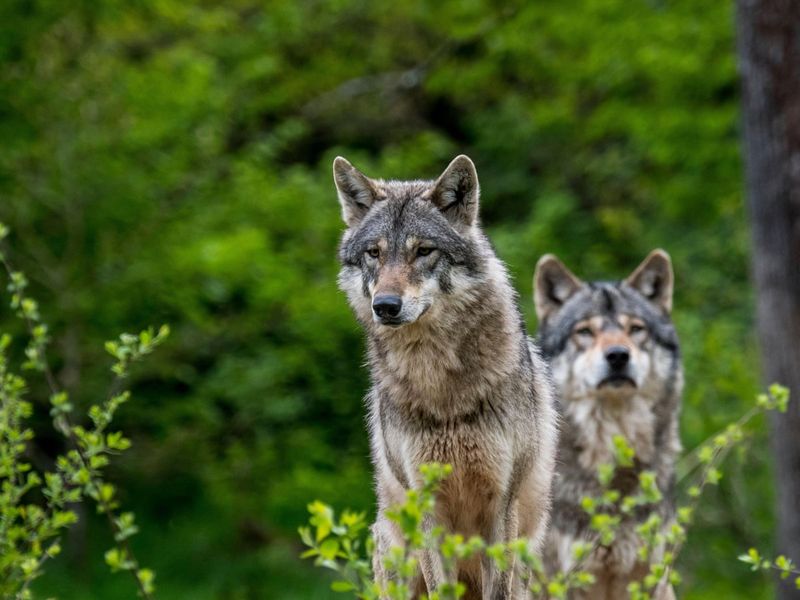
The Habitats Directive changed everything for European wolves. Signed in 1992, it finally gave these magnificent predators the legal shield they desperately needed after centuries of persecution.
Countries that once encouraged wolf hunting now imposed heavy fines for killing them. This fundamental shift allowed scattered wolf populations to slowly rebuild their numbers without constant threat of being shot on sight.
2. Natural Migration From Eastern Europe
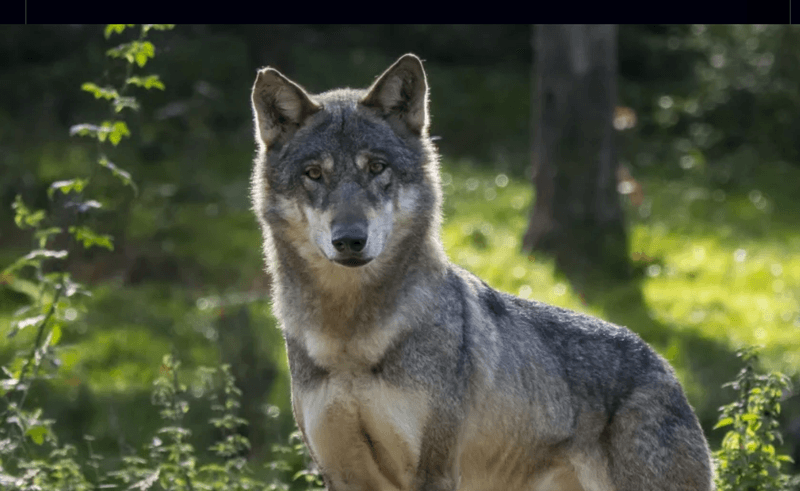
Eastern European countries like Poland and Romania never completely lost their wolves. These survivor populations became the source for an unexpected westward journey. Young wolves naturally travel hundreds of miles seeking new territories.
Adventurous individuals crossed multiple national borders, following forest corridors into Germany, France, and even the Netherlands where wolves hadn’t lived for generations.
3. Abandoned Farmland And Rural Decline
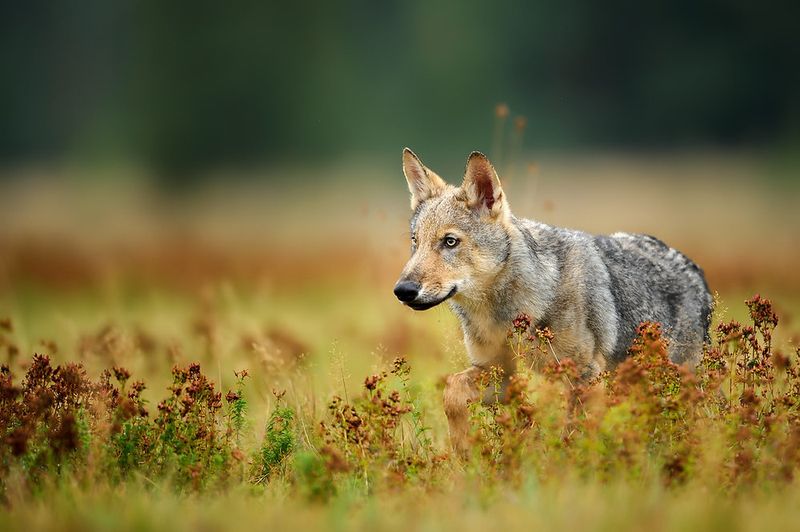
As young people flocked to cities for better opportunities, vast stretches of European countryside emptied out. Farms that once bustled with activity slowly returned to wilderness. Nature quickly reclaimed these abandoned spaces.
Former fields grew into meadows, then forests—creating perfect wolf habitat where sheep and cattle once grazed. This accidental rewilding provided wolves with the space they needed to hunt and raise pups.
4. Growing Populations Of Prey
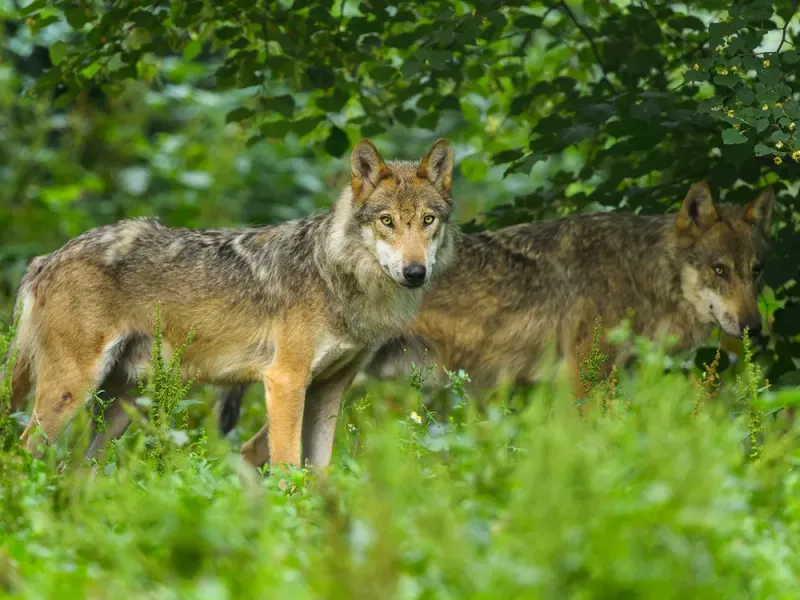
A wolf can’t survive without something to hunt. Fortunately, deer and wild boar populations exploded across Europe in recent decades, creating a walking buffet for returning predators. Without natural predators, these herbivores had multiplied unchecked, damaging forests and farms.
Wolves found themselves facing an abundance of food that made establishing new territories much easier. A single pack can consume dozens of deer annually.
5. Smarter, Shyer Wolves
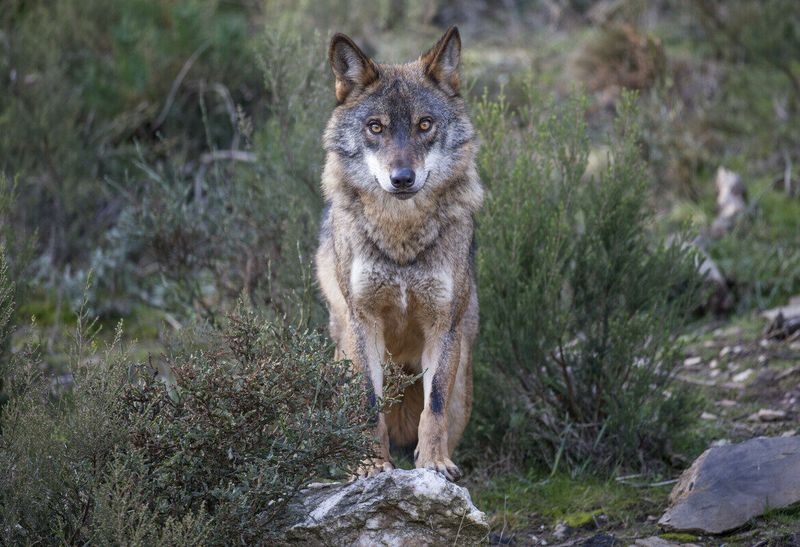
Modern European wolves aren’t the same as their ancestors. Centuries of persecution created a powerful selective pressure—only the most cautious wolves survived to pass on their genes. Today’s wolves are masters of avoiding humans.
They’ve learned to move silently through populated areas, often at night. Many Europeans living in wolf territory never realize the predators are there, allowing both species to coexist with minimal conflict.
6. Successful Rewilding Efforts
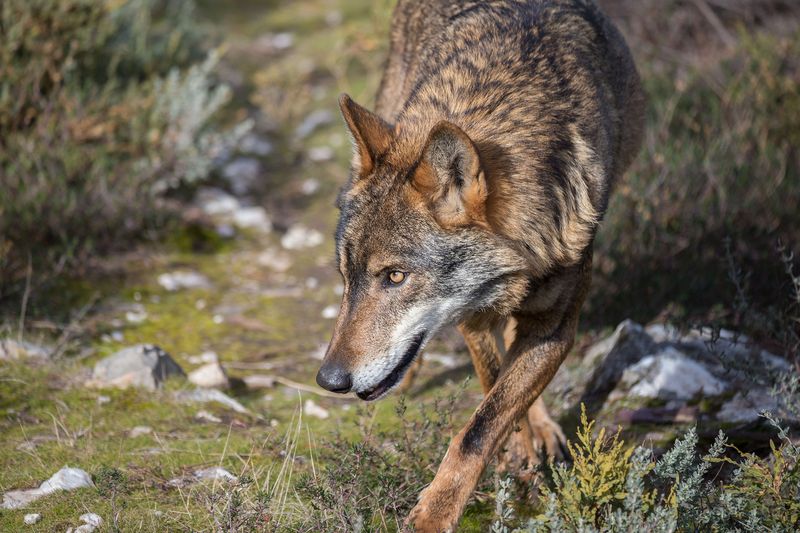
Conservation groups across Europe championed the wolf’s return through dedicated rewilding projects. Organizations like Rewilding Europe strategically restored ecosystems wolves need to thrive. These efforts went beyond just protecting wolves.
They focused on rebuilding entire ecological networks—from restoring native plants to reintroducing prey species. Creating these natural foundations gave wolves the ecological support system necessary for sustainable recovery.
7. Protected Corridors And Forest Connectivity
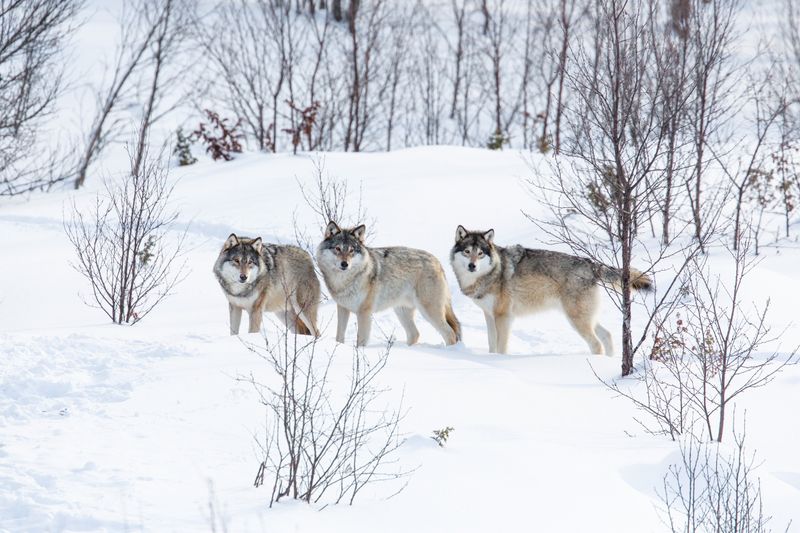
Wolves need to travel, sometimes hundreds of miles, to find mates and establish new territories. Fragmented forests created by roads and development had become deadly barriers to this essential movement. Conservation planners created wildlife corridors connecting isolated habitat patches.
These green highways—protected strips of forest and underpasses beneath major roads—allowed wolves to journey safely between populations, preventing genetic isolation and helping them recolonize new areas.
8. Decline Of Traditional Hunting Pressure
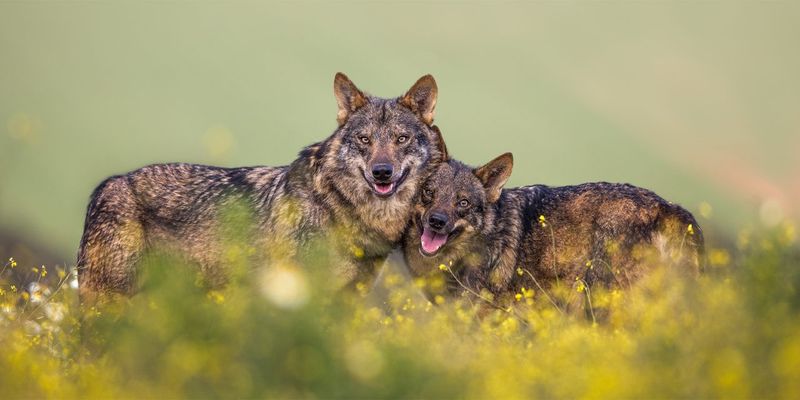
Wolf hunting was once a celebrated tradition across Europe. Hunters were rewarded with bounties, and wolves were eliminated from vast regions by organized hunting parties. Modern European hunting culture has shifted focus toward managed deer and boar populations.
Younger generations of hunters often support conservation efforts rather than predator elimination. This cultural shift removed one of the biggest historical threats to wolf survival.
9. Media And Public Awareness Campaigns
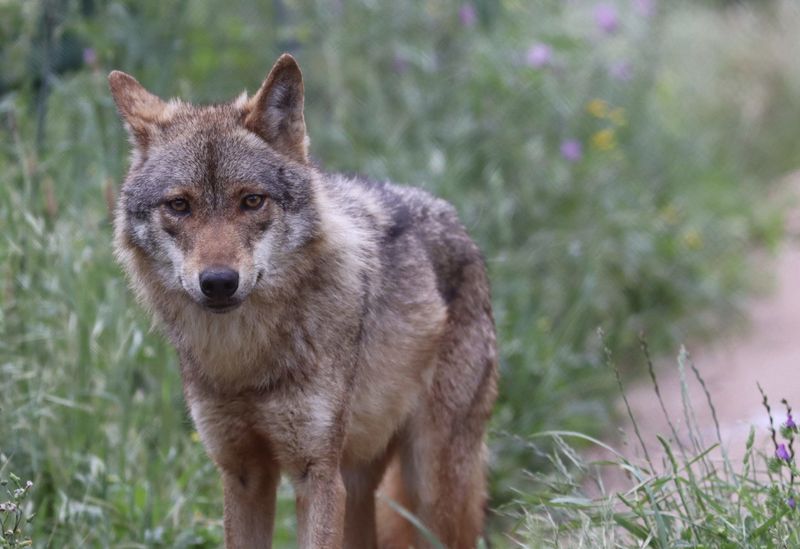
Wildlife documentaries transformed wolves from fairytale villains into ecological heroes. Films showcasing their complex social lives and ecological importance reached millions of Europeans, changing hearts and minds.
Conservation organizations capitalized on this interest with educational campaigns in schools and communities. Children who once feared the “big bad wolf” began to understand these animals as essential parts of healthy forests and champions of biodiversity.
10. Improved Livestock Protection Techniques
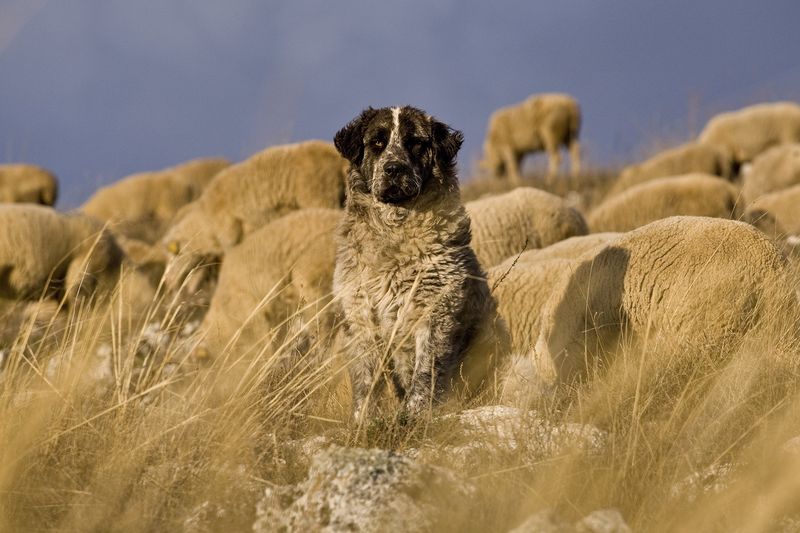
Livestock predation historically drove wolf persecution, but modern solutions have dramatically reduced these conflicts. Electric fencing systems, once expensive and impractical, became affordable and effective wolf deterrents.
The revival of ancient practices also played a crucial role. Livestock guardian dogs—breeds like the Great Pyrenees that have protected flocks for centuries—returned to European pastures. These working dogs bond with sheep and aggressively defend them from approaching wolves.
11. Wolves Are Incredibly Resilient
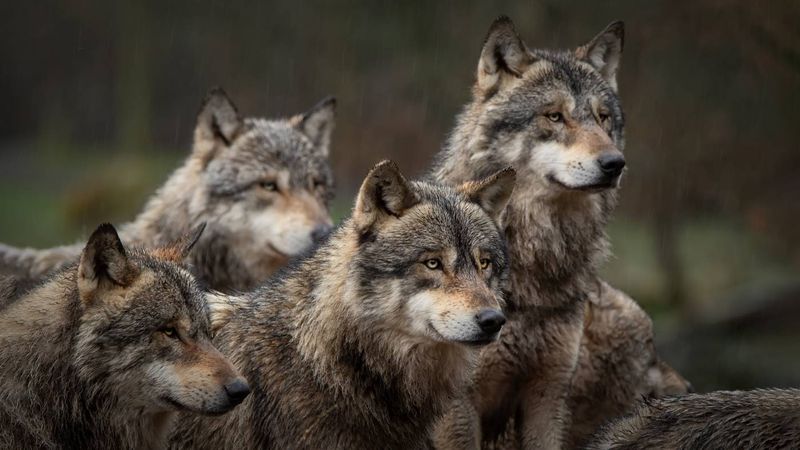
Few animals bounce back from persecution as quickly as wolves. A healthy pair can produce 4-6 pups annually, and young wolves can begin breeding at just two years old.
This remarkable reproductive capacity means wolf populations can double every 3-4 years under favorable conditions.
Their adaptability to different habitats—from remote mountains to forests near cities—further accelerated their comeback. Wolves proved they needed just a small window of opportunity to reclaim lost ground.
12. Cross-Border Conservation Collaboration
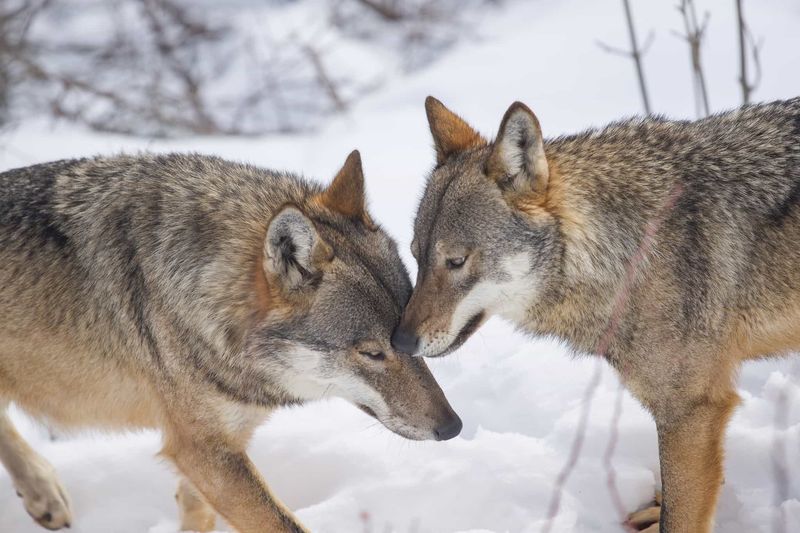
Wolves don’t recognize national borders, so their recovery demanded unprecedented international cooperation. European nations that once fought wars against each other now work together to protect the same wolf packs. Scientists share tracking data as wolves move between countries.
Conservation policies are increasingly coordinated across boundaries. This collaborative approach ensures that wolves protected in one country don’t lose that protection when crossing invisible political lines.
13. They’re Simply Reclaiming Lost Territory
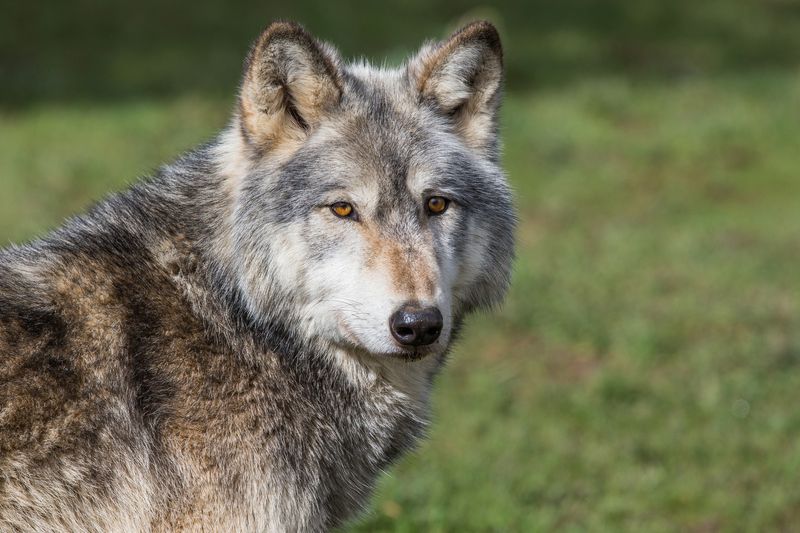
The wolf comeback isn’t an invasion—it’s a homecoming. These animals are native to virtually every European ecosystem, where they evolved as keystone predators shaping forests and grasslands for thousands of years.
Historical records show wolves once lived everywhere from Sicily to Scotland. Their recent recovery represents a return to ecological balance rather than a disruption. The forests of Europe are simply welcoming back a missing piece of their ancient puzzle.

